- Food Grade (See Technical Bulletin) - Excellent for making molds and baking sheets, ice cream molds, butter icing, chocolate, fondant and other products used in food production.
- Expensive
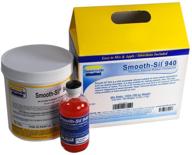
3
·
Excellent


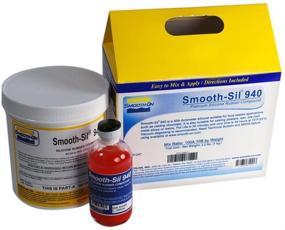

🔮 Clear Epoxy Resin Kit - 32oz - For Resin Molds, Jewelry Making, and More - Includes 16oz Resin and 16oz Hardener, 4 Measuring Cups, 3 Mixing Sticks, and 1 Pair of Gloves

29 Review
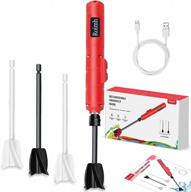
🌀 Efficient Handheld Epoxy Mixer for Bubble-Free Resin Mixing - Perfect for Tumblers, Molds, Glazes, and Paint! (Includes 4 Paddle Attachments)

27 Review
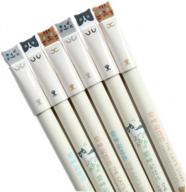
GANSSIA Colorful Cats Design 0.38Mm Gel Pens Black Ink Pen Pack Of 6 PCS

40 Review

12-Set Dry Erase Markers For Whiteboard - Dual Tip & Ultra Fine Point, Erasable Markers For Kids

53 Review
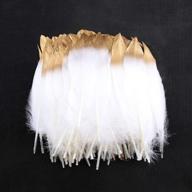
Sowder Natural Goose Feathers Clothing Accessories Pack Of 50 (Gold Dipped White)

33 Review
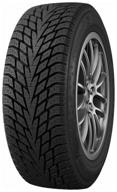
Cordiant Winter Drive 2 175/70 R13 82T

35 Review
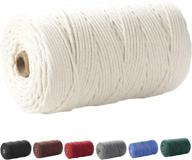
3Mm X 220Yd Macrame Cord - 100% Natural Cotton Rope For Handmade Plant Hanger Crafts

32 Review

6-Pack Erasable Highlighters W/ Double Head, Chisel Tip & Assorted Colors - Smooth Writing!

29 Review